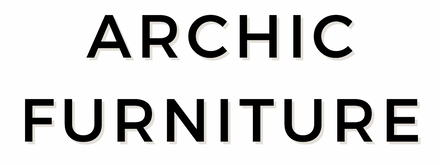
The Truth about Coffee Tables: Why You Need One for Your Home
Coffee tables are a staple of any living room or family room, offering a convenient place for you and your guests to set down drinks, snacks, and other items. But what is the true purpose of these tables? Why do we need them, and what sets them apart from other types of furniture?
At their core, coffee tables serve many different purposes. First and foremost, they provide a convenient surface for setting down drinks and snacks. They also act as a focal point in a room, serving as an attractive piece that draws the eye and creates visual interest. Additionally, coffee tables can be used to display decorative objects or storage baskets, adding functionality to your space while helping to keep it organized.
So what is the point of a coffee table? Simply put, they offer both form and function, bringing style and utility to your living space. Whether you’re looking for a place to set down drinks or snacks, or you need an attractive focal point for your room, a coffee table is a must-have piece of furniture.
1. Coffee Table Size
The ideal distance between your coffee table and any surrounding seats is 14-18 inches, with a maximum of 24 inches. As a result, you should be able to observe how big a coffee table you'll need once you've drawn up your floorplan.
Consider placing two coffee tables side by side for very large living rooms. Alternatively, if your living room isn't a pass-through, you may go even bigger.
2. Consider the Shape

Different shapes are required in different settings, but there's something to consider. Square or rectangular is ideal for a layout that is more shut off.
If you have a pass through in your living room and will frequently walk around the coffee table, a circular design works well.
A square or rectangular side table is a wonderful way to add balance to an area that features mostly round and square shapes. We like to incorporate both round and square forms in a room, so a spherical coffee table is appropriate if most of your furniture are square (think a tuxedo-arm sofa, square fireplace, and triangle side tables).
3. Finish the Room
A coffee table may be a fantastic addition to any room since it should not be used on every surface. A glossy or gleaming coffee table will contrast a nubby fabric on your sofa or more rustic elements. Choose a finish that you won't mind putting your feet on, like an upholstered ottoman or slightly weathered wood
4. Styling Your Coffee Table
Consider add-ons after you've decided on a coffee table. In a family area where you're viewing TV, it's likely that you'll want to leave space for propping up feet and placing beverages. A coffee table with a lower shelf is ideal in this situation since beneath it, you may put books and trays for plenty of storage.
Keep all accessories low so you can see over them. Anything too tall will obstruct your vision.
Add what you'll need: books, tissue, coasters, a remote box, a candle, matchbooks, or anything else you'll use frequently.
5. Ottomans and Clusters
A coffee table, in other words, does not have to be a central feature of every living room. You may use an ottoman, pouf, or a cluster of smaller side tables instead in certain situations. nThe most important thing is that you incorporate functionality into this area — whether it's an ottoman, two or three side
6. Coffee Tables and Sectionals
If you have a sectional, you might take a different approach to your coffee table. Because many sectionals include a chaise on one or both ends, putting your feet on the coffee table is unlikely. This provides greater use of glass and metal tables since they won't be used as often.



